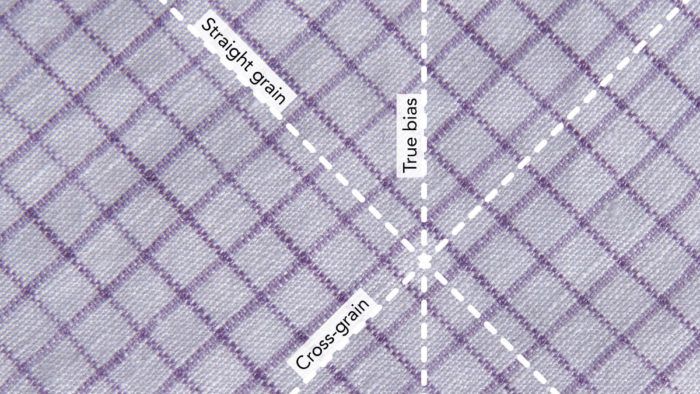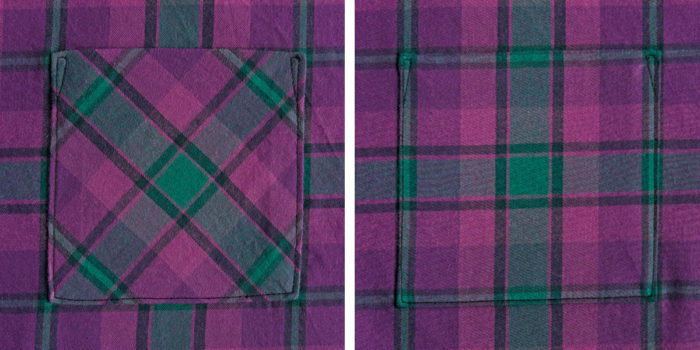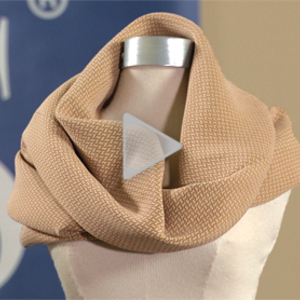Essential Techniques: Rely on the Bias
For design options and construction ease, turn fabric on a slant
When I sew, I try to make things easier for myself. I rarely follow the pattern instructions exactly. As I plan the garment construction, I look ahead to anticipate problems such as matching stripes or plaids. I recently realized that some of my go-to solutions fall into one general category: cutting garment sections or whole patterns on the fabric’s bias grain. This change can make construction easier or more efficient, or create an area of interest in an otherwise bland garment.
The structure of woven fabric determines the bias. Lengthwise, or straight, grain (parallel to the selvage) is the warp. Crosswise grain (perpendicular to the selvage) is the weft. True bias is the 45-degree angle across those grainlines (see image above). When fabric is pulled at this angle—either when being handled or simply by gravity— the yarns can shift out of their perpendicular arrangement, according soft drape and flexibility.

In the early 1900s, French couturiere Madeleine Vionnet popularized the bias cut in fashion design. In the 1960s, American designer Charles Kleibacker became known as Master of the Bias, creating more accessible fashions, including patterns for the home sewer. While bias-cut garments can flatter many figures, you don’t have to sew an entire dress on the bias to enjoy the benefits of this fluid grain. The bias techniques in this article are versatile sewing and design skills that are worth polishing and keeping in your repertoire. You may find yourself turning to them more often than you expect.
Start your 14-day FREE trial to access this story.
Start your FREE trial today and get instant access to this article plus access to all Threads Insider content.
Start Your Free TrialAlready an Insider? Log in

































Log in or become a member to post a comment.
Sign up Log in